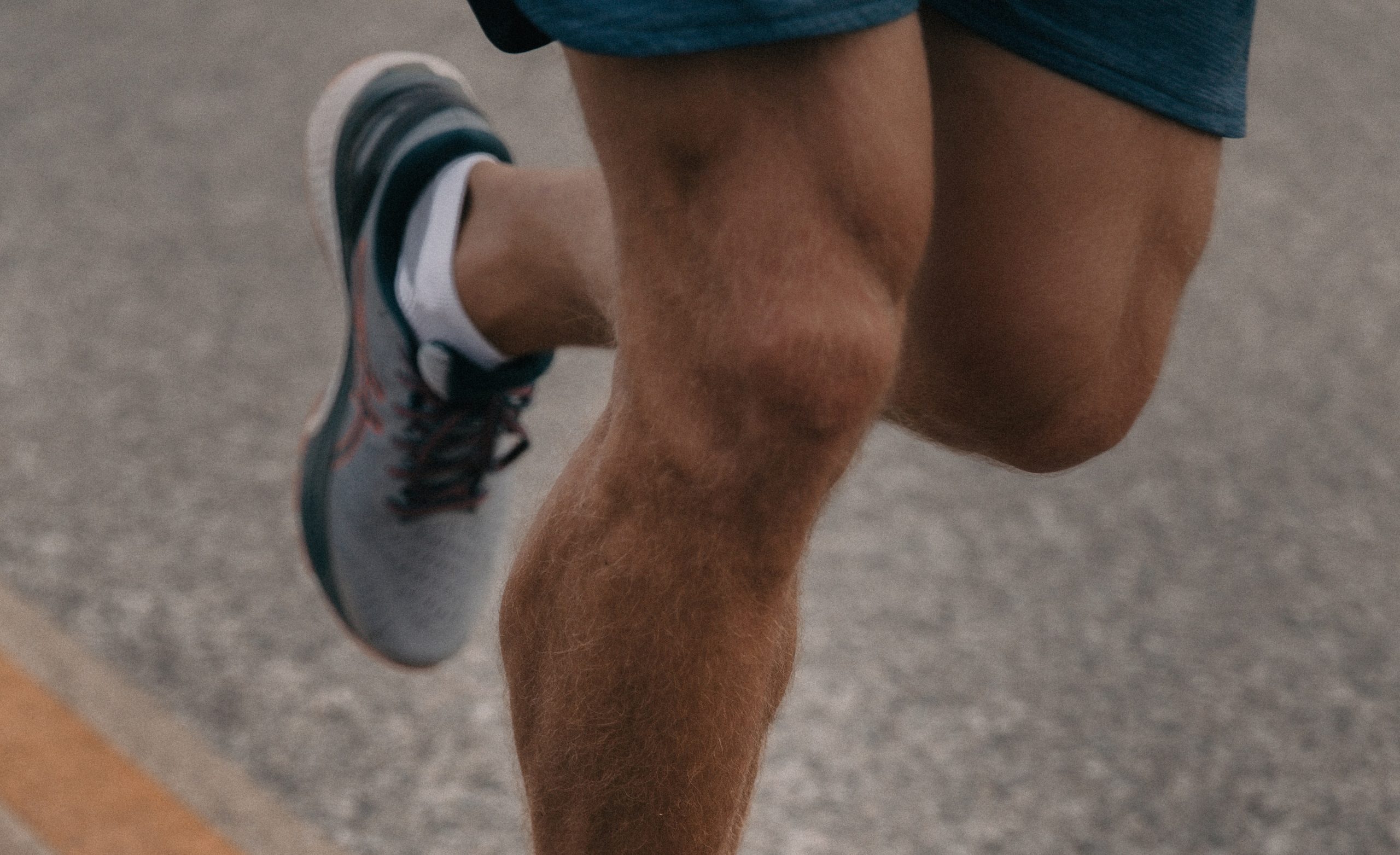ITB Syndrome
With the return of sports underway many of us are increasing our running volume. Although there are many benefits to running, a sudden increase in milage can result in pain on the outside of the knee. This is known as Iliotibial Band (ITB) Syndrome.
ITB Syndrome is the second most common injury amongst runners and the most common cause of lateral knee pain.
What is the Iliotibial Band (ITB)?
The ITB is a thick band of connective tissue on the outside of the thigh which runs from the upper portion of the thigh to just below the knee. It helps to stabilise your leg whilst running, walking, and standing on one leg.
What is ITB syndrome:
ITB syndrome is characterised by a sharp pain on the outside of the knee. It is an overuse injury, meaning it occurs due to a sudden increase in training load. The pain is usually worse when running, going downstairs or hills and after prolonged sitting with a bent knee.
The exact source of pain with ITB syndrome is thoroughly debated in studies, and multiple theories exist. Despite this, there have been various risk factors and treatment methods identified.
What can put you at risk of developing ITB syndrome?
- A change in load e.g. increased distance, frequency or speed of running, weight gain, change in surface.
- Weak muscles on the outside of the hip
- Frequent downhill running
- A poor fitting bicycle seat
- A low bodyweight.
- Narrow foot placement whilst running.
What to do if you have ITB syndrome:
Modifying your training load can help to reduce the symptoms of ITB syndrome.
However, it is important to identify any underlying factors that may be increasing your risk of injury.
Physiotherapy Assessment may include:
- Taking a thorough case history to rule out other causes of your pain
- Biomechanical assessment of lower limb control in activities
- Running assessment
- Strength assessment
Physiotherapy Management may include:
- Soft tissue release of tight muscles/fascia
- Taping to offload the knee joint and provide symptomatic relief
- A targeted home exercise program to improve lower limb strength and reduce risk of re-injury
- A return to running plan
If it sounds like you may have ITB syndrome, our physiotherapists would love to help! Give one of our clinics a call or book online today.

